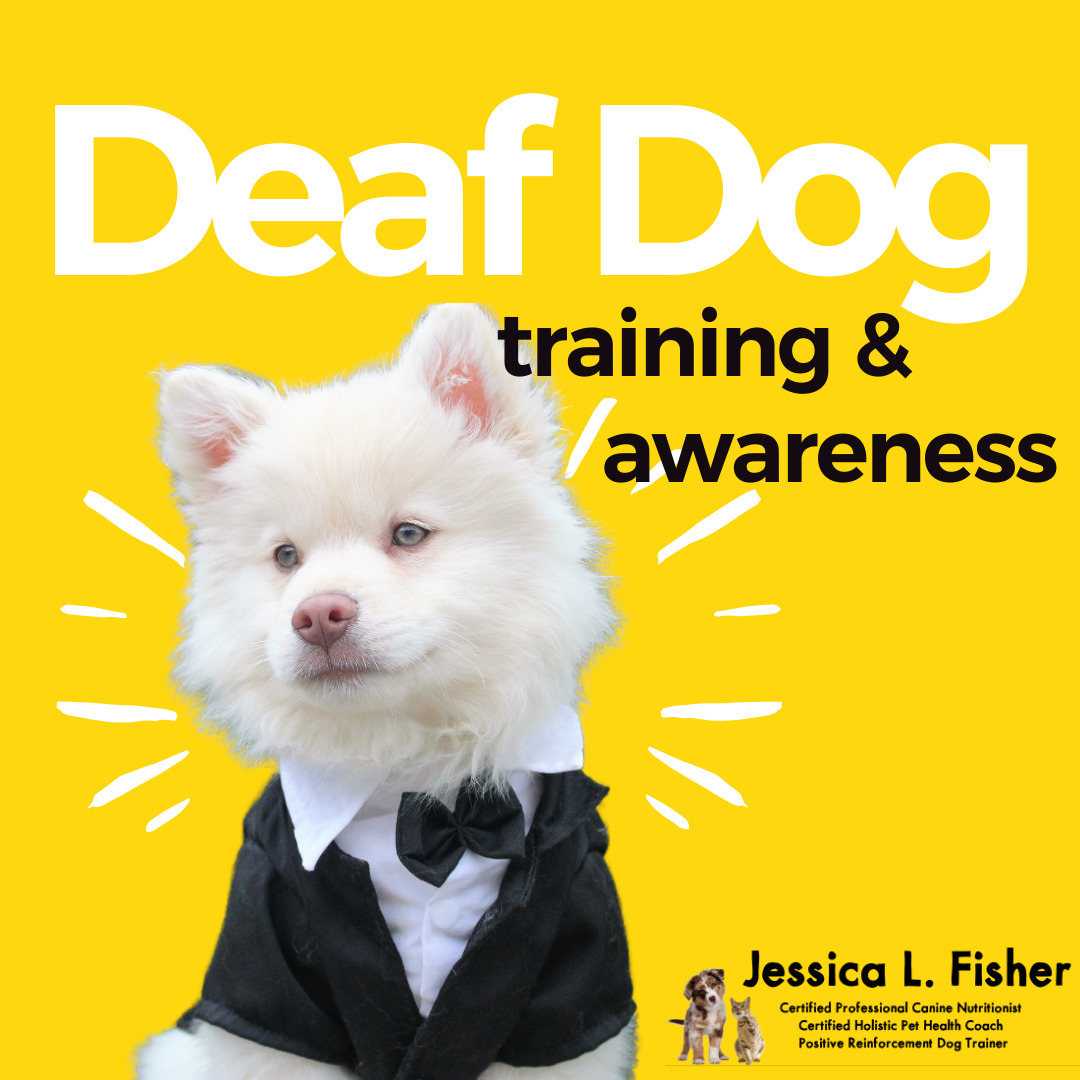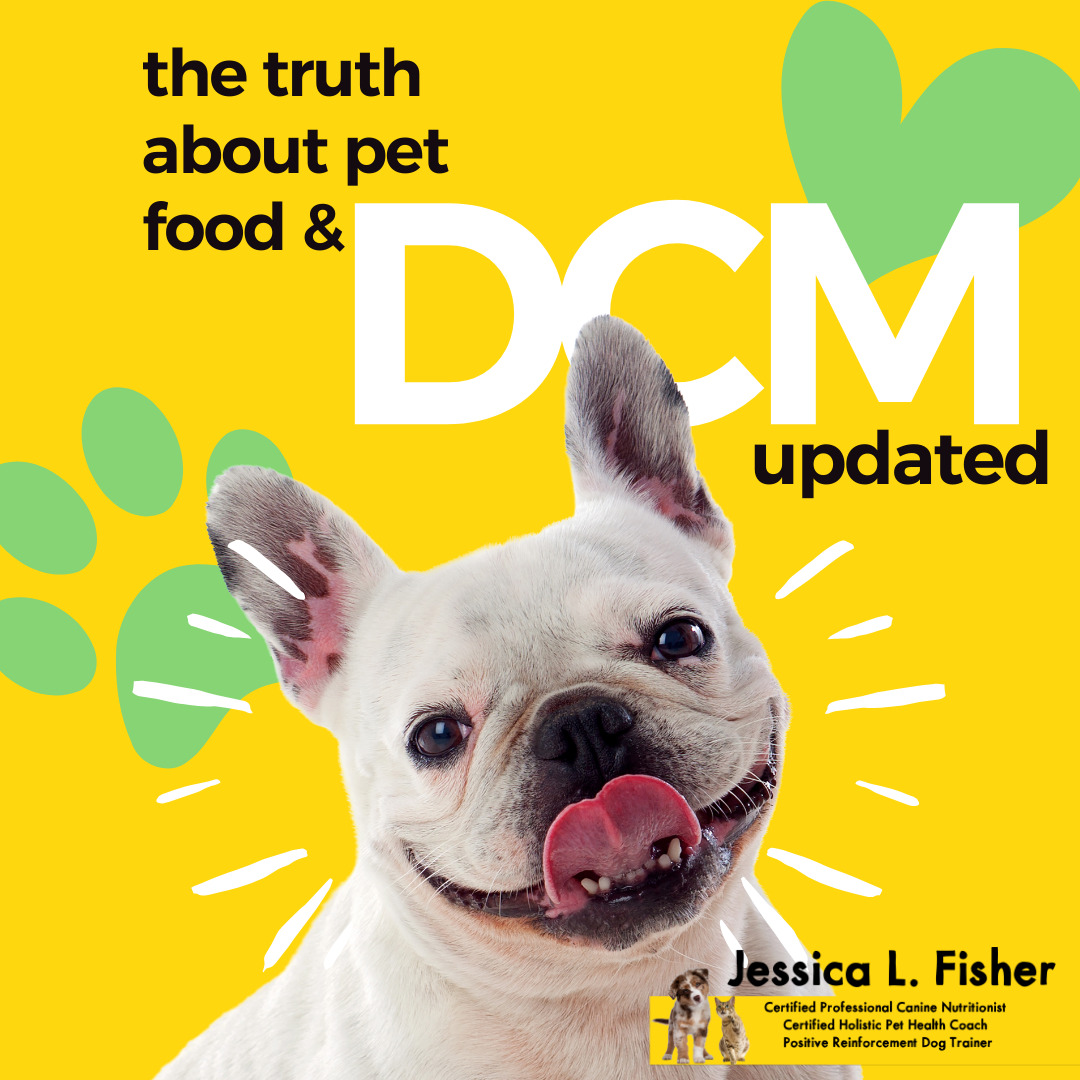How To Teach Kids To Behave Around Dogs
So, you’ve got a kid and you’ve got a dog … now what? You can’t just let your child interact with your dog without guidelines. Children need to be taught how to appropriately behave around animals, and it’s our job as parents and adults to help both the child and the dog.
So, what are the best practices that you should teach?
If you’re new to my channel, my name is Jessica and I’m a pet parent coach and dog trainer. This channel is dedicated to dog training, behavior, nutrition and enrichment. If that’s why you’re here, great! Go ahead and hit that subscribe button!
Really quickly, before we get into the video, I’m so curious why you’re here. Post in the comments below and let me know how many kids, how many dogs, their ages and anything else you want to include. I’d love to hear about what’s going on with you right now and why you’re in need of this video.
Awesome, now that you’ve done that, let’s get right into it!
So, you know that you can’t just let kids and dogs run loose together without oversight and without helping each one learn how to appropriately interact with the other. That’s why you’re here, and to be honest, I’m so glad that you are!
I’ve seen far too many people let their kids alone around their dog without any oversight or education and things go horribly wrong.
And it’s always the dog that get’s blamed when the dog is only doing what they know to do.
Dogs will bite when they are fearful, angry, being hurt or protecting something of value to them. They give off warning signals first, but if these are ignored they have no other option but to bite. It is our job to not only recognize these warning signs but also to recognize situations that may be uncomfortable for your dog and to avoid them.
Let me reiterate that … dogs do not bite without giving some kind of warning first. This is your cue to intervene to stop whatever is happening that is causing your dog enough distress that they feel the need to warn you that they will bite if they have to.
These signals can be subtle, so it is important to study your dog and learn their cues.
Here are some additional tips to help you navigate how to teach your kid how to properly behave around your dog, and any other dog they come into contact with throughout their life.
- Never touch a dog that you don’t know
- Even if you know the dog, always ask their owner or handler if it is ok to pet the dog
- If you are granted permission to pet the dog, make sure not to invade the dog’s space. Offer your closed hand to the dog to sniff. If the dog does not come over to sniff your hand, respect that and do not pet them.
- Do not approach a dog from behind. It can be considered threatening to a dog to approach from behind or to pet them on top of their heads. Instead, pet them (if they are allowing you to) on their back or chest.
- If you are petting a dog and they back away, stop petting. Give the dog space and don’t force yourself on them.
- Do not stare at a dog, kiss them or put your face in their face. This is threatening to a dog. Instead, look at a dog briefly, then look away, look and then look away. This is calming to a dog and lets them know that you are not threatening.
- Do not – under any circumstances- tease a dog. Dogs do not like this.
- If a dog is tied up or enclosed in a space such as a fenced yard, do not approach or pet them.
- If you see a dog lose in your neighborhood, do not chase them but tell an adult immediately.
- If a dog has food, do not come up to them, do not pet them and never try to take their food out of their bowl or out of their mouth.
- If a dog is sleeping, do no wake them up or touch them. If you startle them, they may bite.
- Do not take a bone or toy away from a dog.
- Do not try to physically move or push a dog. If a dog is in your way, or on a piece of furniture and you need them to move, get an adult to help you.
- If a dog scares or startles you, don’t scream and run away. The dog may think it’s a game and chase you. Instead, be as boring as possible. Be quiet, stand still and put your hands by your side. This way, the dog will get bored and not want to interact with you. Once the dog walks away, go get an adult.
- If you are at a friend’s house and their dog is being a handful, don’t be afraid to ask an adult to put the dog in another room. It’s better to be safe.
- If you think a dog is trying to bite at you, grab anything you can, a coat, a bag, a pillow, anything and place it between you and the dog. Back away until you can get to a safe place or to an adult.
- If you do get bit by a dog, curl up in a ball with your knees on the ground and your hands clasped around the back of your neck and wait for an adult to come help.
- Dogs do not like to be hugged or kissed. Coming into close contact to hug or kiss a dog may seem like affection to you, but to a dog, it is a threatening posture that means you are trying to fight.
In general, dogs are at best unsure of kids, especially young kids. They behave erratically and are very loud.
While children are not generally a dog’s favorite type of person, that doesn’t mean that kids and dogs can’t live happily in the same home. In fact, it is very achievable. All you have to do is teach each how to behave appropriately with the other.
Let me know in the comments if any of these tips triggered a light bulb in your head. I know that not all of us were taught how to behave around animals as a child, so we may not know how to teach our children. That’s why it is so important that we seek information to make sure we teach our children the right things to do.
I hope you learned the best practices to teach kids how to behave around dogs. If you have any questions, feel free to post them in the comments below.




